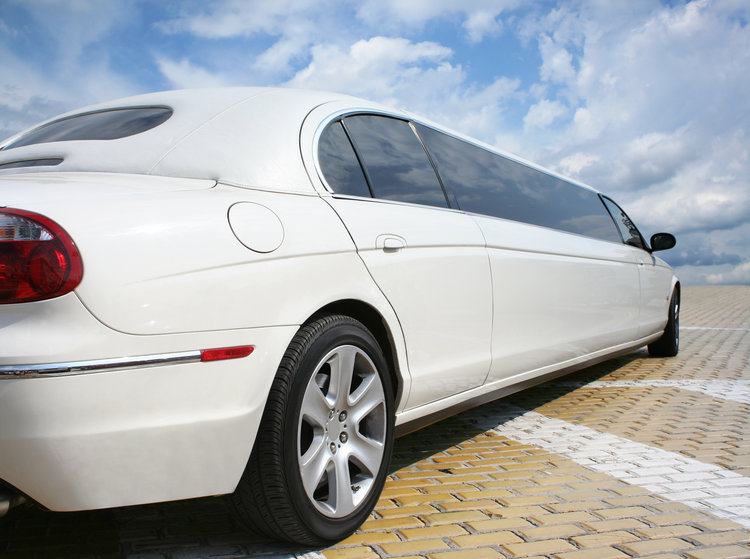
A deadly limousine crash in New York has again highlighted something I have been fighting for years – the complete lack of oversight and regulation of the limousine and “modified vehicle” industry. There has been a deadly limousine crash in the United States every year since 2000.
Most passengers climbing into a limousine, conversion van, airport shuttle, or RV assume these kinds of vehicles are subject to same stringent testing and safety standards as ordinary passenger vehicles. They are not. As a New York grand jury found in 2016: “there is a complete lack of regulation of stretch limousine construction”.
The problem, unfortunately, is not limited to limousines. All aftermarket/modified vehicles suffer from the same lack of testing and regulation.
· Handicapped Accessible or Mobility Vehicles
· Mobile Lifts
· Mobile Cranes
With nearly 10% of vehicle-owning families owning a recreational vehicle, the number of injuries and deaths will only grow as these vehicles become more popular.
Unlike your “ordinary” passenger car, aftermarket/modified vehicle manufacturers may not be required to comply with federal minimum safety standards, called Federal Motor Vehicle Safety Standards (FMVSS). These vehicles can be designed, manufactured, sold and put on our public roadways without any engineer, design drawings or crash testing. Many times, these vehicles are not even inspected for manufacturing defects like kinked or leaking fuel lines.
Problems with these vehicles are greater because aftermarket vehicles like limousines and RVs pose crashworthiness issues that are more complex than ordinary vehicles, but lack critical design processes and testing. Common defects include:
· Post-Crash Fire. Limos and RVs should not catch fire in an otherwise survivable crash. However, manufactures often relocated fuel tanks in order to “stretch” the vehicle or to accommodate more passengers or interior amenities. Relocating the fuel tank may make it more susceptible to failure in a crash.
· Seat Belts. Limos and RVs should provide adequate seat belt and air bag systems to properly restrain drivers and passengers.
· Stability and Tires. Limos and RVs must be sufficiently stable to control the vehicle in the event of a tire blowout or detread.
· Vehicle Structure. In many aftermarket vehicles, vehicle strength loses out to light-weight and cheaper materials. Inadequate vehicle structures include sidewall and roof strength and can have devastating effects on passengers during a crash.
Identifying all potential defects and responsible parties can require substantial knowledge and expertise. Many times, a vehicle will be assembled in multiple stages with several different “manufacturers”. Specialized experts may be necessary to evaluate the design and testing of the vehicle. An experienced team is necessary to identify responsible parties and determine if a defect contributed to cause the collision or injuries.
To learn more, contact Langdon & Emison or consider reading one of our in-depth articles on aftermarket vehicle defects:


